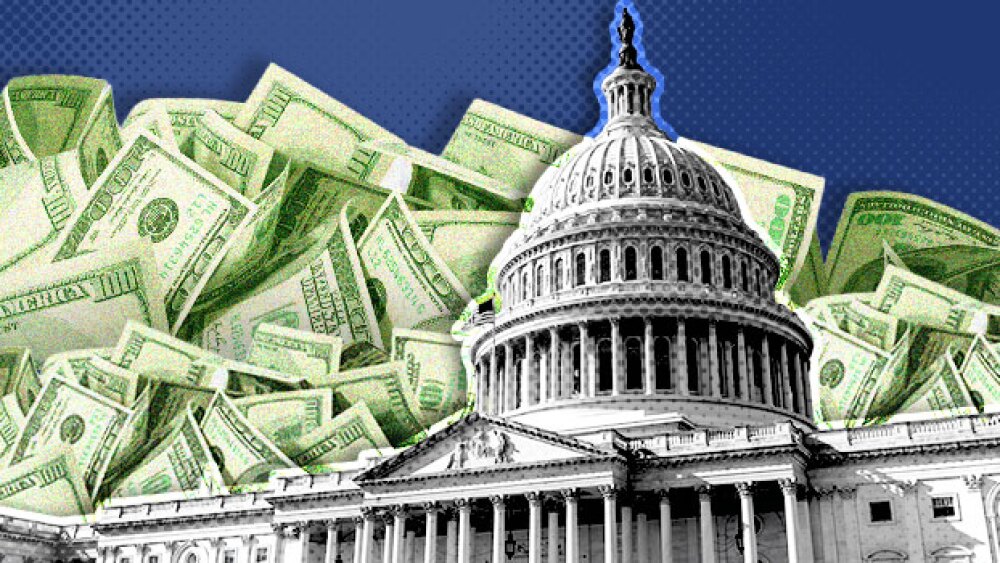Healthcare players are pointing fingers amid regulatory crackdowns on pharmacy benefit managers, but proposed reforms wouldn’t address a dearth of competition in the larger market.
Pharmacy benefit managers, once a shrouded part of the healthcare system, are now under intense scrutiny by lawmakers and drugmakers for their part in rising drug prices in the United States. Congress, which reconvened this week, will soon review several bills that would require PBMs to declare how much of a profit they’re making while negotiating drug prices.
In July, the big three PBMs—CVS Caremark, Optum Rx and Express Scripts—defended their place in the American healthcare system in front of the House Committee on Oversight and Accountability, blaming pharmaceutical companies for exorbitant drug prices. The hearing followed a report from the Federal Trade Commission that accused PBMs of inflating drug prices.
While PBM reform has been a hot button issue, it’s a small part of the machine that makes healthcare costs so high in the U.S. A report from the Center for Medicare and Medicaid Services found that retail prescription drugs, which PBMs oversee, account for a mere 9% of healthcare spending in the country.
“There are a lot of different stakeholders who have their own reasons they don’t like the PBMs,” Matthew Fiedler, a Brookings fellow at the Center on Health Policy, told BioSpace. “And I think all of that has sort of come together and driven a lot of the conversation.”
Big Pharma Vs. PBMs
Pharmaceutical companies have to negotiate with PBMs or risk not having their drug on the proper formularies. And because negotiations between PBMs and pharmaceutical companies aren’t transparent to employer health plans, employers don’t know how much of a discount PBMs receive and how much of a discount they receive.
But PBMs have pointed to complaints from pharma companies as proof PBMs are working. In August, pharmaceutical company Novo Nordisk announced its weight loss drug didn’t net as much profit as expected in the second quarter of 2024, in part because of negotiations with PBMs. Similarly, in its second quarter earnings call, J&J noted it had to provide bigger rebates to PBMs and pharmacies than it did in the past. In an August blog post, the PBM lobbying group Pharmaceutical Care Management Association (PCMA) pointed to these instances as evidence they are indeed saving patients money.
“Too many recent conversations around PBMs reflect a one-sided view informed directly by the pharmaceutical industry’s blame game designed to vilify PBMs to keep prescription drug prices high and increase drug company profits,” JC Scott, the president and CEO of PCMA, said in a public statement.
The Evolution of PBMs
Although PBMs are decried as middlemen, they once played a large and helpful role in the healthcare industry by working with insurance companies to process drug claims quickly and negotiate lower prices for pharmaceuticals. As prescription drugs became a larger part of medical treatments in the U.S.—largely through the proliferation of antidepressants and pain medication in the late 1960s—the PBM industry turned into a nesting doll of consolidations and began wielding more power.
“The most important reason we have PBMs is because somebody needs to be negotiating with the pharmaceutical companies over the price of their drugs, given that we don’t regulate the prices of prescription drugs,” Fiedler said. “And so unless and until [the government] decides we’re going to regulate prescription drug prices, we’re going to have PBMs.”
We know we’re getting screwed. We’re just not sure how.
Now, Optum Rx, CVS Caremark and Express Scripts control 80% of the PBM market, and their reach extends far beyond simply negotiating drug prices. According to the FTC’s recent report, large PBMs often integrate with pharmacies, which makes it harder for independent pharmacies to compete on drug prices. They also negotiate agreements with pharmaceutical manufacturers to promote those companies’ products over similar drugs from other companies.
Right now, when PBMs negotiate drug discounts with pharmaceutical manufacturers, it’s unclear if that discount gets passed to employers, pharmacies or, ultimately, the patient. For example, Johnson & Johnson became the target of a class-action lawsuit in February when an employee accused the company of enabling inflated drug costs by striking an unfavorable deal with a PBM. In one case, a 90-day prescription of teriflunomide cost $40.55 without insurance at one pharmacy, but cost Johnson & Johnson employees upward of $10,000.
“The issue is the PBMs have this very opaque business model and no one knows what they’re paying and who’s paying them and what kind of discounts they’re getting,” said Geoffrey Joyce, the director of health policy at the USC Schaeffer Center. “We know we’re getting screwed. We’re just not sure how.”
An Uncompetitive Market
While most PBM reform proposals have centered around making prices and deals more transparent, reforms may not be successful without addressing the larger market, experts told BioSpace.
Not only are there three PBMs that control the majority of the market, but many PBMs own their own pharmacy businesses, making it difficult for non-affiliated pharmacies to get favorable prices on drugs. This exacerbates the razor-thin margins pharmacies already operate on, according to Joyce.
As it stands, one in eight pharmacies closed between 2009 and 2015, the majority of which were independent pharmacies, according to a study published in JAMA. The FTC report cautioned that PBMs might hurt independent pharmacies, quoting the Independent Pharmacy Cooperative: “Were a local pharmacy to reject a PBM’s network terms, it could ‘lose access to a significant percentage of its patient base.’”
“How do we make this market more competitive is something where people really should be focused on, and I think is sort of one of the fundamental issues here,” Fiedler said.
“We have a for-profit healthcare industry. And as a result of it, if I’m running a PBM or if I’m running a drug company, I have to go charm my shareholders twice a year and tell them how much money I’m making,” Joyce said. “My incentive is not favorable to do the right thing. It’s to make money.”
Editor’s note: Sign up for our BioPharm Executive weekly newsletter to receive a special edition on PBMs Sept. 18.






